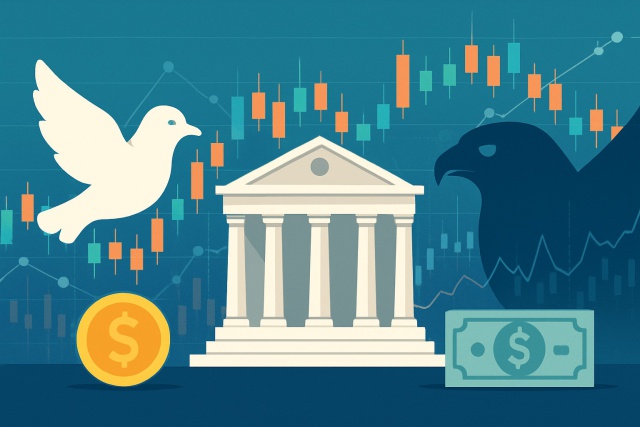
Hawkish Vs. Dovish: How Central Bank Stances Impact Markets
Discover how central banks' hawkish and dovish stances shape financial markets and affect your inves...
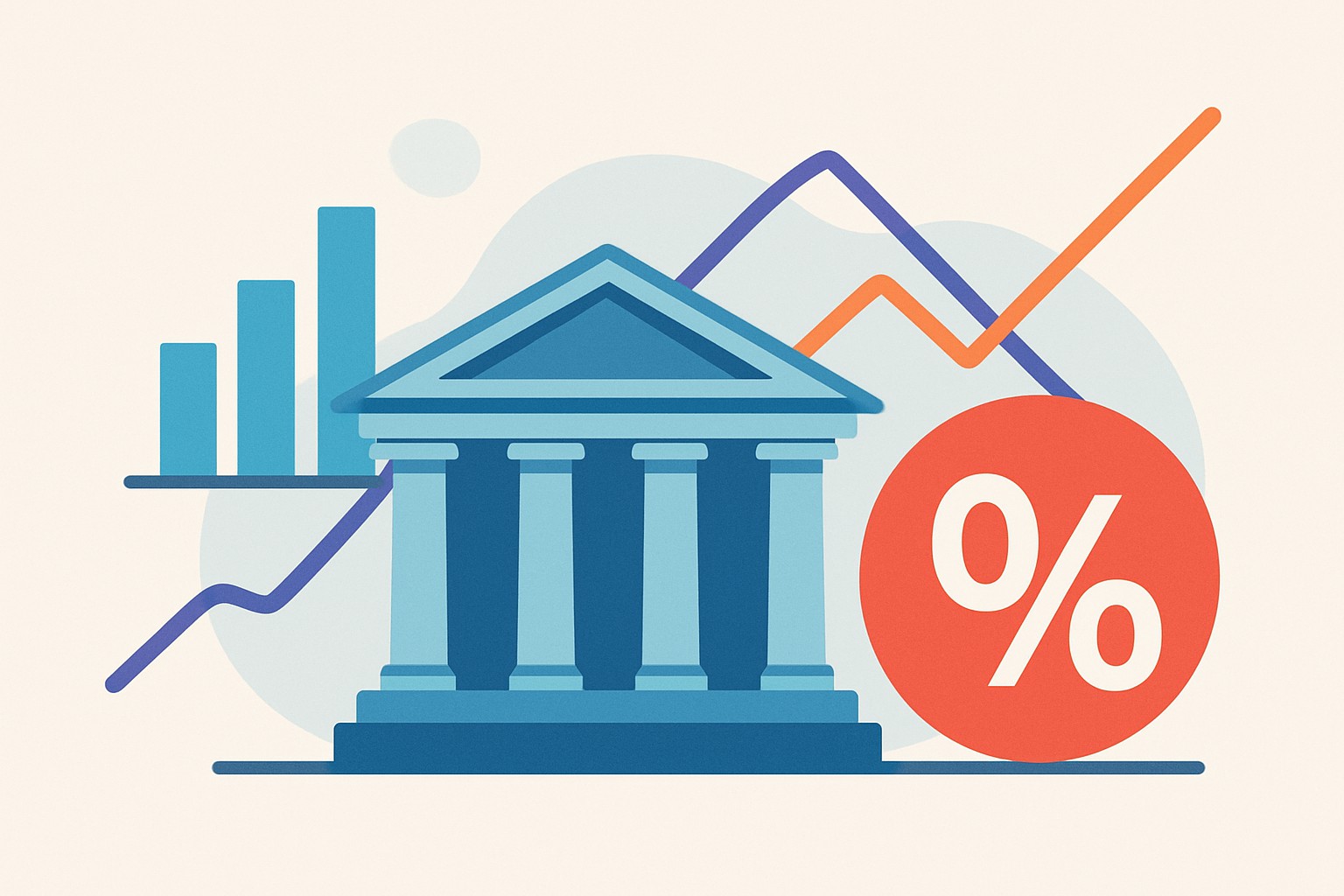
Interest rates play a surprisingly big role in how economies tick by influencing loans, savings and investments in ways you might not immediately realize. The whole concept of zero interest rates - and specifically the zirp meaning (Zero Interest Rate Policy) - can leave a lot of people scratching their heads. In this article we’ll unpack ZIRP and shed some light on why central banks sometimes decide to pin nominal interest rates at or near zero. We’ll dive into the reasons for using ZIRP and explore its ripple effects on markets and everyday consumers.
ZIRP stands for Zero Interest Rate Policy and kicks in when a central bank sets nominal interest rates at or just above zero percent. The idea is to give the economy a nudge by making borrowing cheaper and more attractive. Nominal interest rates are the headline numbers you see before inflation, while real interest rates take inflation into account and reveal the true cost of borrowing or the actual return on your savings.
Central banks tend to lean on ZIRP mainly during those rough patches in the economy, like recessions or when growth hits a stubborn lull. When inflation starts flirting with the danger zone—dropping too low or even slipping into deflation—these banks often pull the trigger and cut rates down to zero. The idea is simple but clever: make borrowing cheap enough that businesses and consumers feel nudged to open their wallets a bit more, giving the economy a much-needed kick in the pants.
When interest rates drop to zero borrowing becomes more wallet-friendly and makes it easier for consumers and businesses to get loans for spending and investment. On the flip side savers usually end up with slimmer returns which can pinch their income. Inflation expectations tend to creep up and keep deflation at bay but currency values might take a hit as investors hunt for better yields elsewhere. Different types of assets don’t all react the same way in this zero interest rate scene. Stocks often get a boost thanks to cheaper capital while bonds usually offer lower yields.
| Economic Factor | Effect under ZIRP | Explanation |
|---|---|---|
| Loans | More affordable and easier to get | When borrowing costs drop, both consumers and businesses often jump at the chance to take out loans, fueling spending and investment. |
| Savings | Reduced returns | Savings accounts and fixed income investments tend to yield less income these days, which can be a bit frustrating for savers hoping to grow their nest egg. |
| Bonds | Yields generally decline | Bond prices often get a boost from strong demand, though the catch is that new bonds usually come with pretty low coupon rates. |
| Stocks | Tends to be higher | Lower interest rates mean future earnings get discounted less harshly, generally giving stock prices a nice lift. |
| Currency Value | May weaken | When interest rates stay low, the currency might lose some of its clout, influencing trade balances and making imports and exports a bit trickier to navigate. |
While ZIRP keeps nominal interest rates pinned at zero, some central banks have taken a bolder leap into negative interest rate policy and pushed rates below zero to give their economies a much-needed nudge when usual tricks aren’t cutting it anymore. Traditional policies usually aim for positive rates to keep inflation and growth within familiar manageable territory.
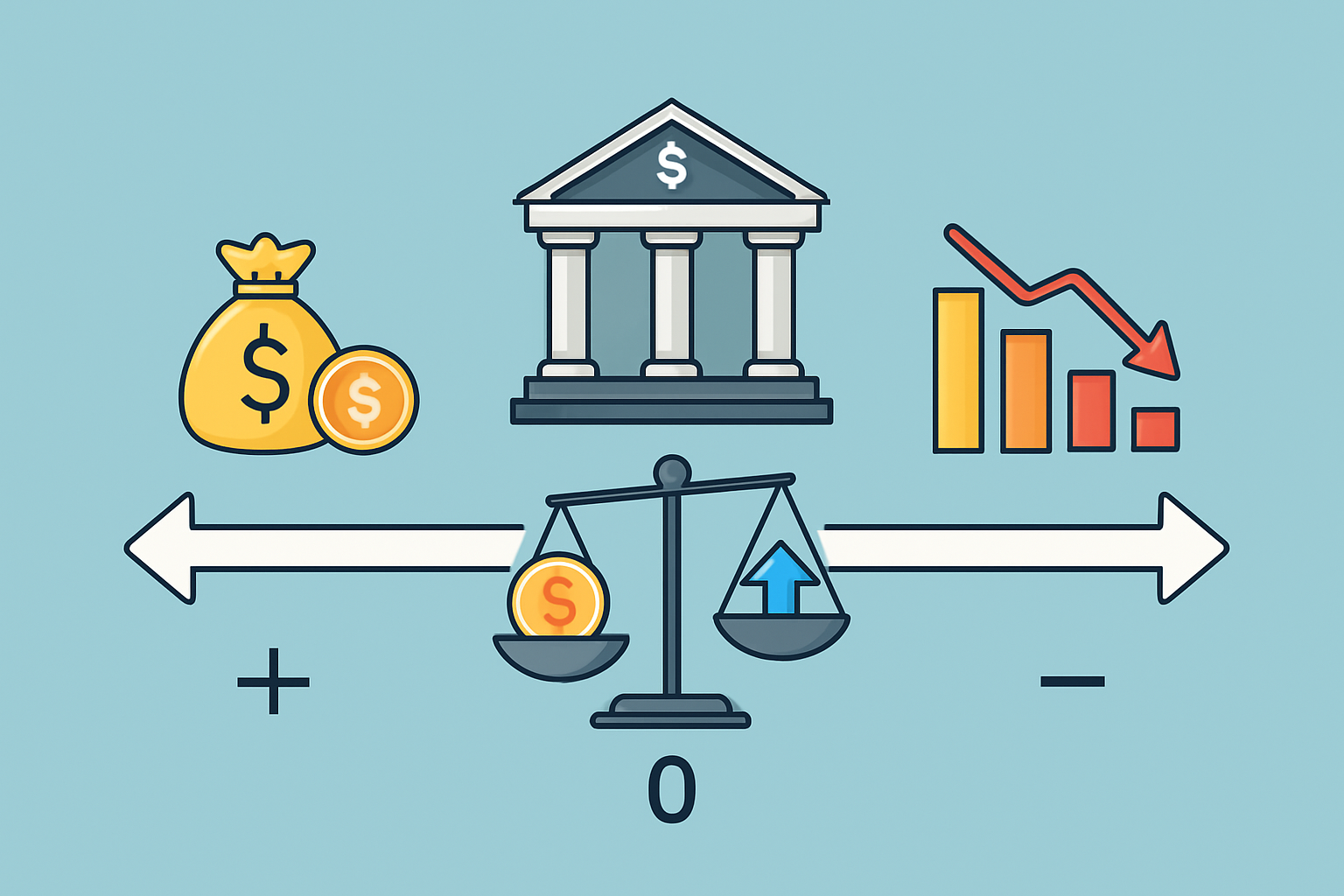
Visual comparison of central bank interest rate policies ranging from positive to zero (ZIRP) and negative rates.
Many individuals often get the wrong end of the stick thinking ZIRP is a permanent economic state or that it wreaks havoc. But honestly it’s more like a temporary nudge designed to kickstart growth. Some people assume ZIRP means zero returns across the board but different asset classes dance to their own tune and there are still plenty of investment opportunities to explore. Central banks don’t wield unlimited power—they have to carefully juggle risks like inflation and financial stability without dropping the ball.
Traders navigating ZIRP environments often adjust their strategies by focusing on asset classes that perform well when interest rates remain near zero. This usually means equities in sectors that benefit from cheap borrowing costs and alternative assets that offer attractive yields. It is important to pay close attention to what central banks are saying because those hints can be valuable when trying to anticipate policy moves.
Japan was one of the first major economies to adopt ZIRP in the late 1990s while grappling with a prolonged recession and stubborn deflation. Over in the U.S. they followed suit after the 2008 financial crisis hoping to breathe life back into their struggling economy. These real-world examples highlight the perks and pitfalls of ZIRP including those long stretches of slow growth that can test patience.
| Country | ZIRP Start Date | Duration | Economic Context | Key Impacts Observed |
|---|---|---|---|---|
| Japan | 1999 | More than twenty years | After the burst bubble recession and ongoing deflation | A painfully long stretch of slow growth and low inflation, with interest rates stubbornly stuck near zero |
| United States | Late 2008 | Around 7 years | Following the global financial crisis | Played a important role in propping up the shaky economy, pushing asset prices higher, and keeping yields nice and low |
| Eurozone | 2014 | Several years | Period of slow growth combined with deflation risks | Nudged banks to lend more, put a bit of pressure on the euro to weaken, and slowly helped the economy crawl back to health |
Global economies show mixed inflation trends and recover from the pandemic at their own quirky paces, making the future of ZIRP (zero interest rate policy) uncertain. Traders should watch key signals like central bank meeting notes, inflation numbers and employment stats to understand if interest rates might rise again. Some regions seem set to keep zero or rock-bottom rates since growth is slow. Others might start tightening monetary policy soon. Technological shifts, geopolitical issues and fiscal stimulus moves all shape the scene.
Struggling to improve your trading performance? Edgewonk's advanced analytics tools are designed to give you the edge you need.
With detailed trade journaling, robust strategy analysis, and psychological insights, you'll gain a comprehensive understanding of your strengths and weaknesses. Don't miss out on this game-changing opportunity.
Traders, it's time to elevate your game. Edgewonk is the ultimate trading journal software designed to empower you with data-driven insights and personalized strategies. Take control of your trading journey and maximize your potential.
16 posts written
With over two decades of experience navigating volatile markets, Ludovik Beauchamp provides invaluable guidance on risk management, portfolio optimization, and adaptability in the face of uncertainty.
Read Articles
Discover how central banks' hawkish and dovish stances shape financial markets and affect your inves...
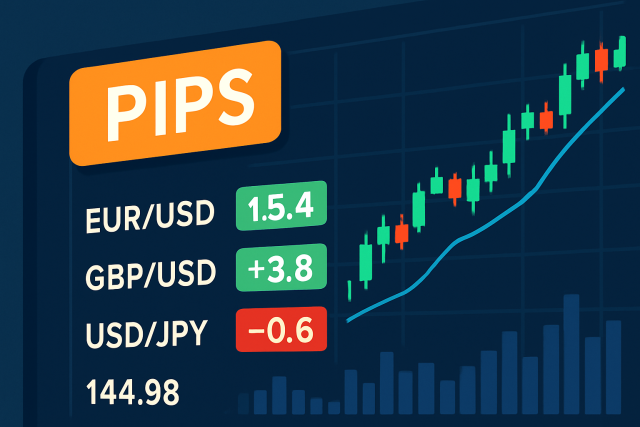
Ever wondered what a pip means in trading? This article explains pips clearly, showing how they meas...

Explore the dovish meaning in trading—understand its origins, market implications, and why recognizi...
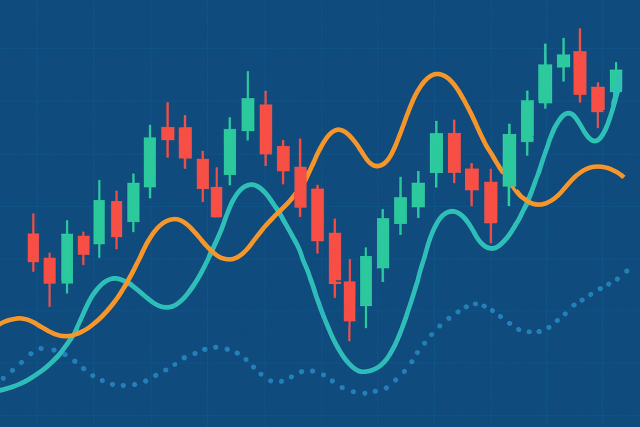
Discover what whipsaw means in trading, why it occurs, and how to recognize and manage sharp price r...
